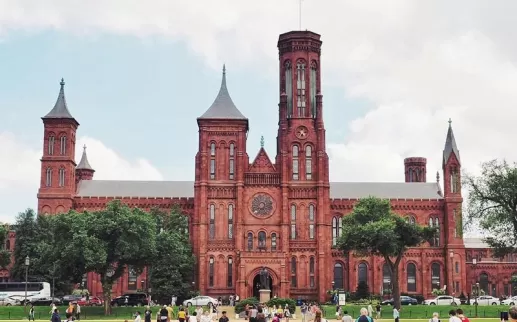US President Donald Trump's 50% tariffs on India came into effect on 27 August. Thus far, India has opted for a carefully orchestrated geopolitical response rather than direct retaliation. The strategy has included attempts at rapprochement with China and high-profile images of Prime Minister Narendra Modi with Russian President Vladimir Putin during a security forum in Tianjin.
In addition to diplomatic efforts, Modi has announced support measures for exporters and potential tax cuts designed to ease the impact on exports. However, India now finds itself in a precarious position, facing a prolonged tariff dispute with its largest trade partner with stalled negotiations and increasing tensions marked by daily warnings from US officials.
Some estimates indicate that the tariffs could reduce India's GDP by as much as 0.8% and may lead to a drop in exports to the US of up to $35 billion (£26.1 billion) this fiscal year. Critical sectors such as textiles, gems and jewelry, as well as leather, are reportedly at risk of massive job losses due to the tariffs.
While the question of whether India will retaliate remains open, experts caution against such measures. Historically, India has engaged in retaliatory tariffs—imposing steep taxes on certain US goods back in 2019. However, analysts believe that moving deeper into a trade war would not benefit India, given its economic dependencies. Retaliation is a very costly and unproductive strategy because at the end of the day India depends more on the United States than is the case in reverse, noted Ashley Tellis from the Carnegie Endowment for International Peace.
With India exporting $86 billion worth of goods to the US, which is significantly higher than US exports to India, experts suggest that the country's response should focus on bolstering diplomatic relations with other global partners such as Mexico, Canada, and China, particularly those impacted by Trump's tariffs. There's recognition of the need to speed up trade agreements, such as the recently signed deal with the UK and those being negotiated with the EU.
Moreover, many experts advocate for export market diversification as an effective long-term strategy for India. This approach would involve forming new partnerships in regions previously underexplored by Indian exporters. However, the process of cultivating new markets poses challenges, requiring significant investment and effort that may not yield immediate benefits.
In summary, India faces critical decisions regarding its trade policy and international relations in light of rising tensions with the United States. Moving forward, the Indian government is advised to prioritize market diversification and strengthening domestic competitiveness through technological advancements.


















